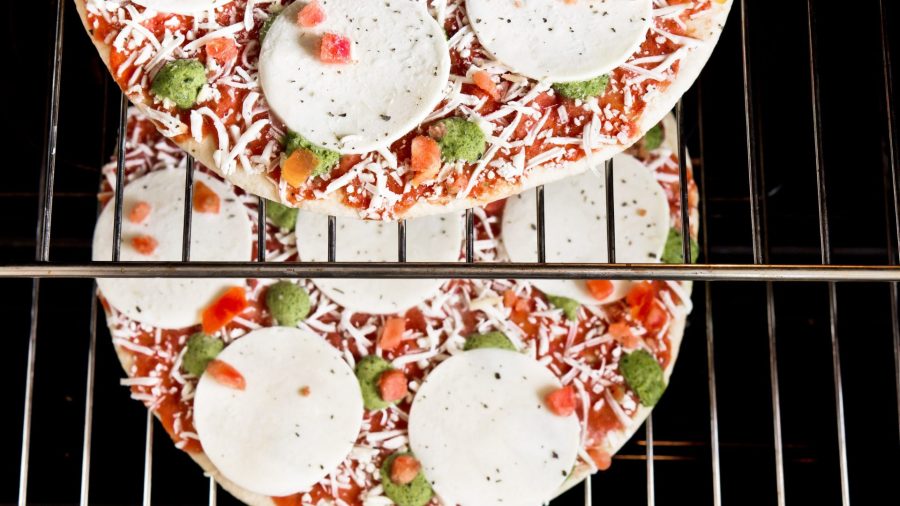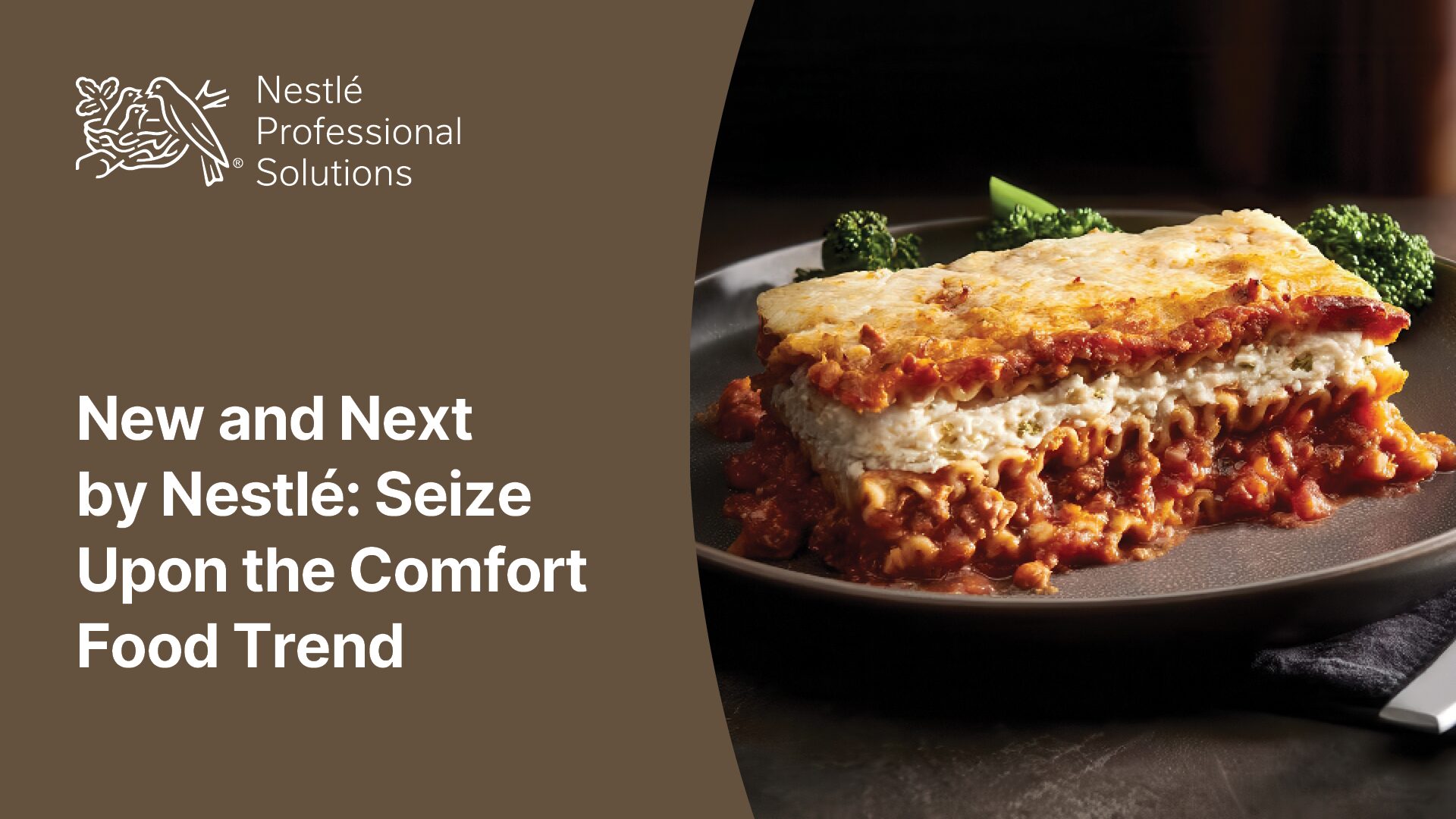Frozen food witnessed a surge in 2020, largely due to COVID-19 and subsequent lockdowns that led to storage of food at home.
Frozen pizza, especially, fit in quite nicely to quarantine life, as the coronavirus changed consumer behaviors.
Brian Thompson, Associate Marketing Manager of Schwan’s Co., said the market is currently undergoing drastic changes, therefore businesses need to come up with strategies and innovative products.
Reduced out-of-home eating culture, increasing indulgence in food during challenging times, and the preference for comfort food are giving tailwinds to the frozen pizza market.
Ciera M. Womack, the Director of Marketing for Rich Products Corp., says consumers are demanding product options such as low-carb appetizers, high protein, and plant-based frozen pizza. Additionally, many consumers are reducing their meat intake.
As more people are working from home and children are engaging in remote learning, they’re seeking convenient and quick meal solutions that can be consumed for both lunch and dinner. Multi-serve pizza has been a convenient and popular meal option for dinner and single-serve pizza has become increasingly popular for lunch.
These meals provide numerous varieties that can cater to various needs of families. For instance, Palermo’s is making deeper inroads through the launch of Palermo’s and Connie’s Neighborhood Pizzeria brands.
Pandemic lockdowns impacted consumer behavior, inspiring many to stockpile larger quantities of shelf-stable products and items with longer shelf life, such as frozen foods. That understandably, bolstered the demand for frozen pizza.
As a result, major food companies were inspired to focus on product launches. Totino’s General Mills’s senior associate brand manager, Michael Bierbach, says that the market is already showcasing consistent year-over-year growth.
Some of the key trends in the industry are:
- Health is a major concern for consumers and they’re seeking healthier options such as high protein or plant-based to counteract indulgence cravings.
- Recent category innovations are motivating restaurants and influencing international cuisines.
- Brands are expanding their size and growth.
How a Frozen Food Staple Turned into a Multibillion Dollar Industry
Italian immigrants brought pizza to the U.S. around 1900 and it gained popularity after World War II. Frozen dinners became popular after most Americans started buying home freezers in the 1940s. By the early 1950s, pizza restaurant owners in the U.S. started offering refrigerated pizzas to customers to cook at home. In June 1950, The New York Times wrote that ready-to-cook pizzas were gaining momentum.
Around the same time, various restaurants owners started selling frozen pizzas so that they could stay fresh longer. In 1950, Joseph Bucci in Philadelphia filed the first official patent for frozen pizza. The patent application included issues related to freezing pizza dough and the need to eliminate excess moisture to make it less soggy and palatable. Unfortunately, by the time Bucci received his patent in 1954, numerous other businesses had already started putting frozen pizza on grocery shelves in the U.S.
The frozen pizza market consisted mostly of regional players until 1960, when a few businesses started achieving national and global fame. For example, married couple Rose and Jim Totino started mass production of frozen pizza in 1962 and, by the 1970s, Totino’s became the country’s top-selling brand.
As increasing number of major corporations entered the frozen pizza business by the early 1980s and the market was worth $1 billion (USD) in overall annual revenue. According to The New York Times, 1995 was a “momentous” year for the product, as food scientists at Kraft unveiled a food technology coup, the rising crust pizza. In 1995, Kraft launched a brand of frozen pizzas that featured doughy crust, which rises as it bakes. Kraft’s development of the product included introducing numerous food additives to improve its quality.
Frozen Pizza’s Future
Future Market Insights predicts sales of frozen pizza to total $18.32 billion (USD) in 2021 and to reach a valuation of $32.89 billion through 2031; large-sized frozen pizza sales are expected to account for over half of that value.
Demand in the U.S. is expected to continue rising through the next decade.
And the frozen pizza trend is no longer restricted to the West. Thanks to globalization, consumers are more aware of the latest trends in food, like frozen pizza. As a result, the frozen product is gradually penetrating Asian markets. Experts already predict impressive prospects in China, India, South Korea, and other countries.
With leading brands expanding sales in Asia, frozen pizzas are expected to become a household item globally.
Download Free Sample: https://www.futuremarketinsights.com/reports/sample/rep-gb-13329
To contact Future Market Insights, email sales@futuremarketinsights.com.












